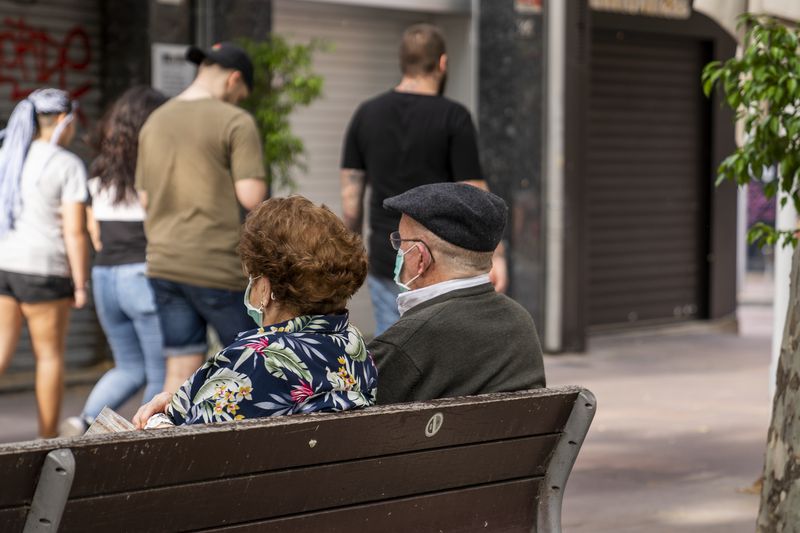Barcelona 30 City
Barcelona is rising to the challenge of becoming a 30 City, a metropolis where the maximum speed limit for vehicles is 30 kph. This is a necessary measure for improving the safety of pedestrians, reducing the number of accidents and the seriousness of injuries. Reducing the speed limit from 50 to 30 kph reduces the number of deaths due to being run over from 45% to 5%.
Barcelona has already had 30 kph speed limits for several years, in 30 Zones and on streets with only one traffic lane (or one lane in each direction on two-way streets). This means that over half the city streets where traffic is permitted already have a 30 kph speed limit.
Planning
The implementation and communication campaign for the implementation of the streets of the basic network of the city 'Barcelona, city 30' has been funded bby the European Union and the Government of Spain, with the European Next Generation funds and within the framework of the Spanish Recovery, Transformation and Resilience Plan.
>80%
The risk of loss of life from getting run over is reduced by at least five times if the vehicle that hits the victim is travelling at 30 km/h, compared to one travelling at 50 km/h.
30 km/h speed limit along all single traffic-lane streets
This 10 November 2020, the Spanish cabinet approved a Royal Decree amending the general traffic regulations traffic and the general regulations for vehicles on the matter of urban traffic measures. Open in a new window
In accordance with the above, the Royal Decree amends Article 50 of the General Traffic Regulations, reducing the standard speed limit from 50 km/h to 30 km/h in all single traffic-lane urban streets, to reduce accident rates among the most vulnerable groups.
This State-level change of regulations joins the Barcelona decree of the start of 2020, where the municipal government set a maximum of 30 km/h along all the city’s secondary-network streets, including those with more than one lane or traffic-direction lane.
The Royal Decree will come into force 6 months after its publication, 11th May 2021.


Pacified streets: safer and healthier
Areas with a 30 kph speed limit make the city safer, more comfortable and more peaceful. Pacifying traffic and increasing the safe area for pedestrians reduces the number of accidents and improves safety and the coexistence of the various means of transport.
The first 30 Zone was introduced in 2006, in the district of Sant Andreu, as a 16-km pilot project. Today, 30 Zones can be found all over the city, with a total of 650 km of road, which is 47.7% of the surface area used for traffic.
Reducing traffic capacity
Due to the crisis caused by the Covid-19 pandemic, a tactical expansion of pavements was initiated in the spring of 2020, so that pedestrians could walk around more safely. In order to achieve this, the number of traffic lanes was reduced, to prioritise walking and pacify motor-vehicle traffic. This action was taken in the streets of Consell de Cent, Girona and Rocafort, which now have a single traffic lane and wider pavements, as well as Via Laietana, where the pavements have also been widened.
In addition, at the crossroads of Rocafort and Consell de Cent, where two of the roads where interventions have taken place meet, the pavements have been widened, and a tactical operation has been carried out to make this intersection more visible and add new spaces for the general public. Vegetation, urban furniture and other leisure features to foster play have been introduced. The new configuration of the crossroads has also made it possible for pedestrians to cross more directly.
In the second phase, scheduled for the autumn of 2020, two new pavement-widening operations with tactical interventions will adapt another 2,850 square metres for pedestrians in: Ronda de la Universitat, with the tactical widening of both pavements, and Carrer de Pelai (between Ronda de la Universitat and Plaça de Catalunya), with the tactical widening of the seaward-side pavement.



